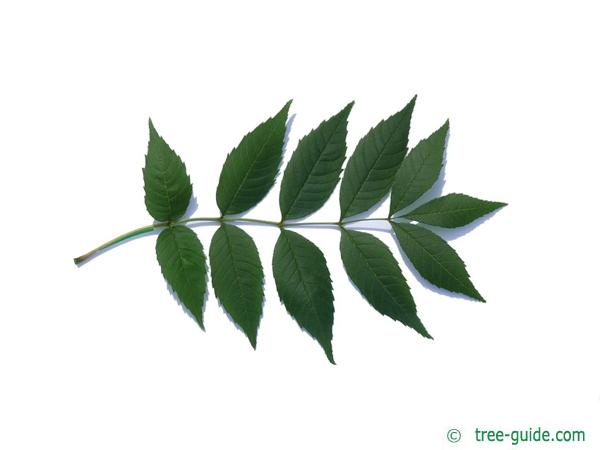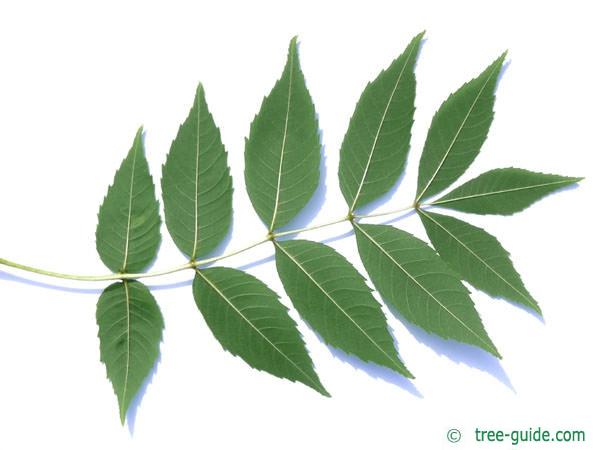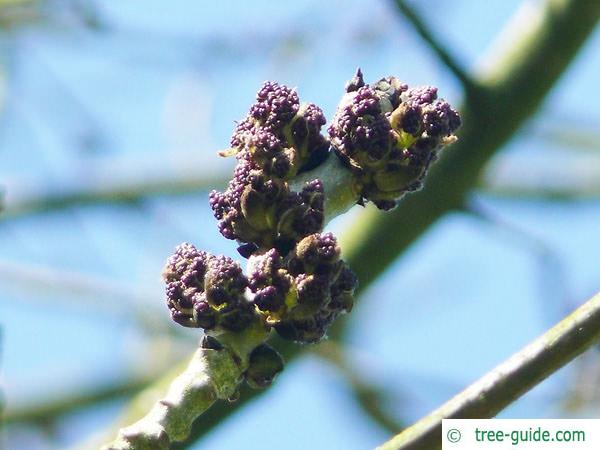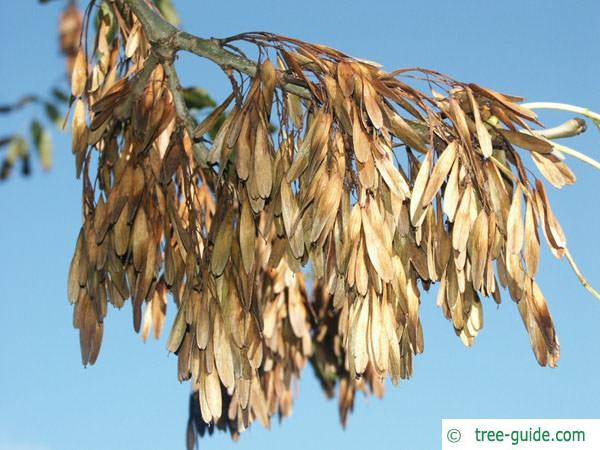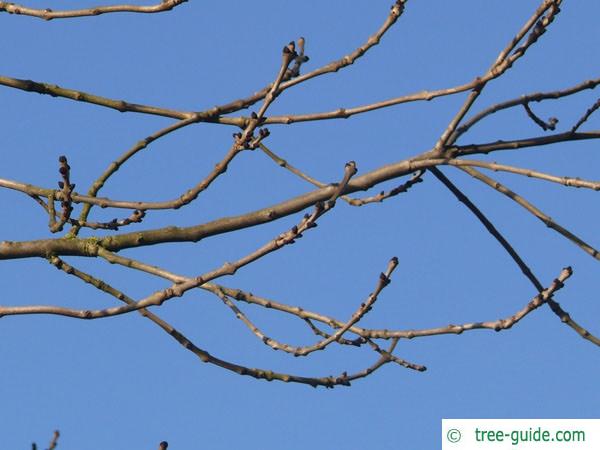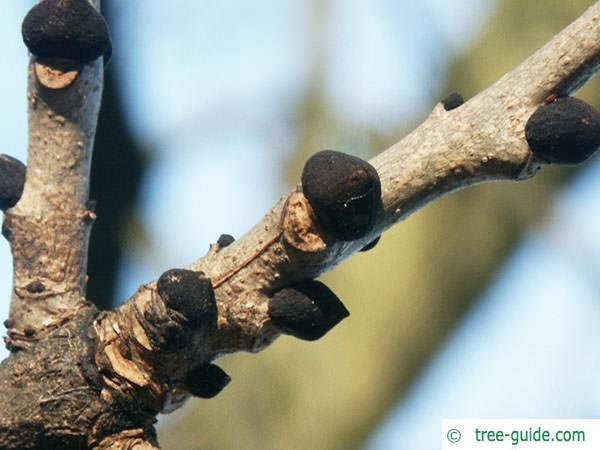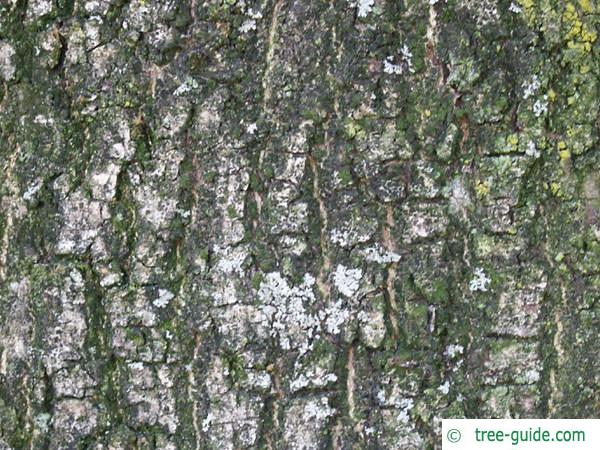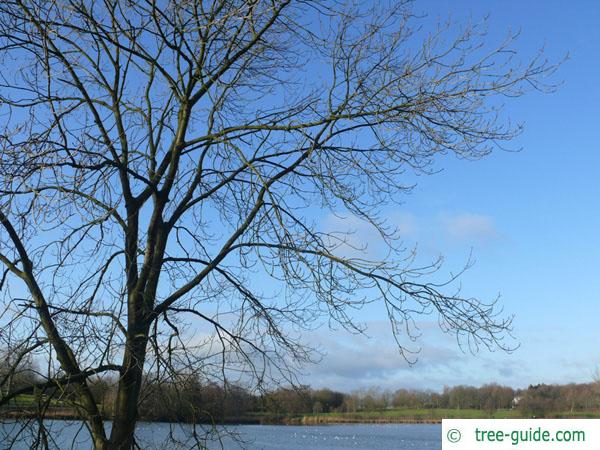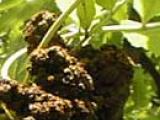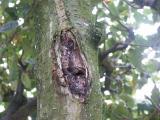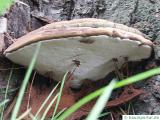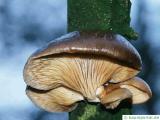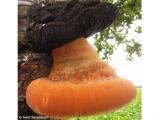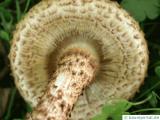Basisdaten
Ash is represented in most countries of Europe. It is an important precious wood tree. The common ash is threatened for several years from the ash dieback, which is caused by an ascomycete.
Fraxinus excelsior - Common Ash
Description
The common ash belongs to the family of olive trees. With stature heights of about 40 meters (132 ft), the ash tree is one of the tallest deciduous trees in Europe. Due to the very good wood properties, the ash is added to the noble hardwoods. In 2001, the common ash tree was voted tree of the year.
Habit
After about 100 years Fraxinus excelsior reaches a stature height of about 30 meters (99 ft) and a trunk diameter of up to two meters (7 ft). The trees can grow up to 300 years old. Characteristic is a straight trunk axis without bifurcations. The sprouting of the trees takes place completely in the bud of the previous year. Young trees occasionally possess enrichment shoots. Furthermore, linear drives are formed.
Buds
The buds of the common ash are black, conical and shaggy hairy. The felted hair serves as protection against frost and evaporation. The end buds are much larger than the buds on the twig. The buds are finished at the end of July.
Blossom
The bloom of the common ash begins in May. These are small, inconspicuous flowers without perianth. The ovary is greenish and is formed from two carpels. The dust bags on two short stamens are initially purple. As the sole representative of the olive trees, the common ash is pollinated by the wind.
Fruit
The nut fruits appearing in September and October become up to 3.5 cm (1.4 inch) long and are narrow and oblong. The shiny brown fruits often remain on the tree until the autumn of the following year. The winged nuts are counted as helicopter flyers and the dropped nuts can cover distances of up to 100 meters (333 ft).
Ash wood
Ash wood is very valuable and can be processed well. The hardwood has good mechanical properties. The surface can be easily edited. For outdoor use, however, ash wood is rather unsuitable because it proves to be less weather-resistant and begins to rot easily when in contact with the ground. In the living area, the wood of the ash is used for veneers. Also garden tools or gymnastic equipment are made of ash wood.
Tree profile
The leaves of Ash are imparipinnate with 7 – 11 leaflets. The single leaf is ovate with a serrated leaf margin. The upside is dark green, the underside is pale green. The leaf can be 30-40 cm (15.7 – 23.6 in) long.
The greenish bloom conditions are formed as lateral panicles, which sprout just before the leaves.
The paired winged nutlets often still adhere to the tree in winter.
The branches are gray, thick, smooth with conspicuous black buds.
single tree or planting in groups, riverbank area, green areas







